Blog & Latest Updates
Fly Fishing Articles
Insects by Common Name


Troutnut.com User Arellamana
Send Arellamana a Private Message
To do this you have to log in at the top of the page. If you haven't registered yet, it's this easy:Arellamana's Favorite Troutnut.com Pictures
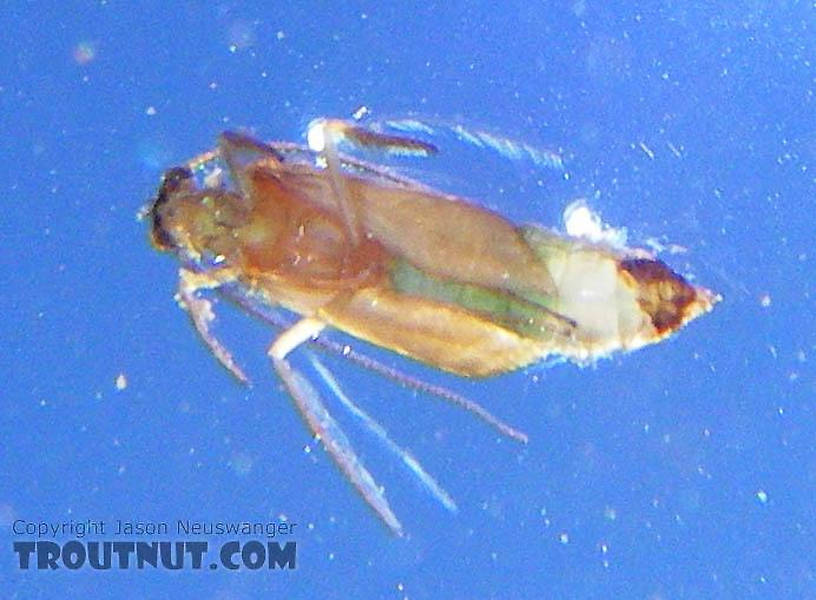
A Brachycentrus "Apple Caddis" pupa scoots around in the surface film. Apparently it had some difficulty emerging, so I was able to slip my camera underneath it and take a picture from below.
In this picture: Caddisfly Species Brachycentrus appalachia (Apple Caddis).
In this picture: Caddisfly Species Brachycentrus appalachia (Apple Caddis).
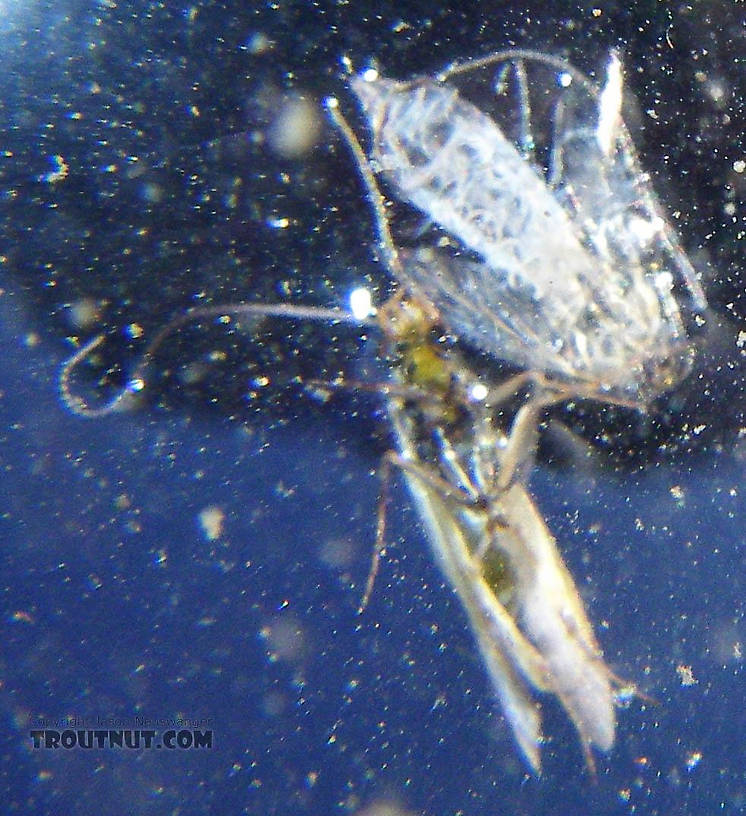
This Brachycentrus "Apple Caddis" struggled more than its kin in escaping its pupal skin, enabling me to take an underwater picture of it from directly below. This is sort of a trout's eye view, but I used the flash for the picture so the transparent shuck (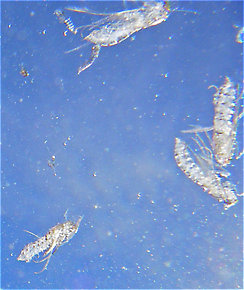 Shuck: The shed exoskeleton left over when an insect molts into its next stage or instar. Most often it describes the last nymphal or pupal skin exited during emergence into a winged adult.) appears far brighter than it really is.
Shuck: The shed exoskeleton left over when an insect molts into its next stage or instar. Most often it describes the last nymphal or pupal skin exited during emergence into a winged adult.) appears far brighter than it really is.
In this picture: Caddisfly Species Brachycentrus appalachia (Apple Caddis).

Here's an underwater view of the pupal shucks of several already-emerged Brachycentrus numerosus caddisflies.
In this picture: Caddisfly Species Brachycentrus appalachia (Apple Caddis).
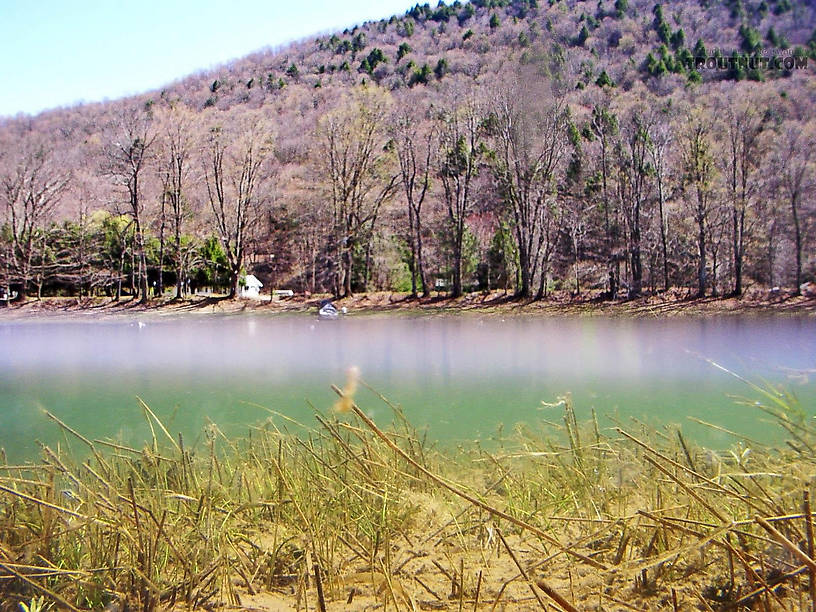
I love this "above & below" landscape from a popular Catskill trout stream. The picture is not doctored to show both perspectives. Instead, my Pentax Optio WPi digital camera is able to take pictures with the tiny lens half-in, half-out of the water.
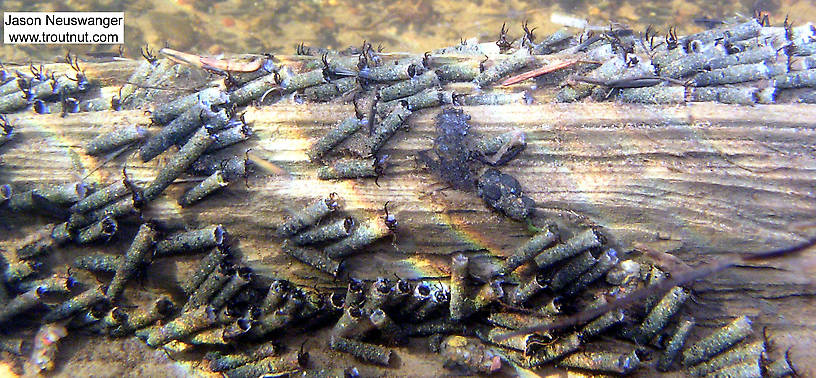
Hundreds of cased caddisfly larvae live on this log in a small brook trout stream.
In this picture: Insect Order Trichoptera (Caddisflies).
In this picture: Insect Order Trichoptera (Caddisflies).
StateWisconsin
LocationEighteenmile Creek
Date TakenApr 14, 2004
Date AddedJan 25, 2006
AuthorTroutnut
CameraOlympus C740UZ
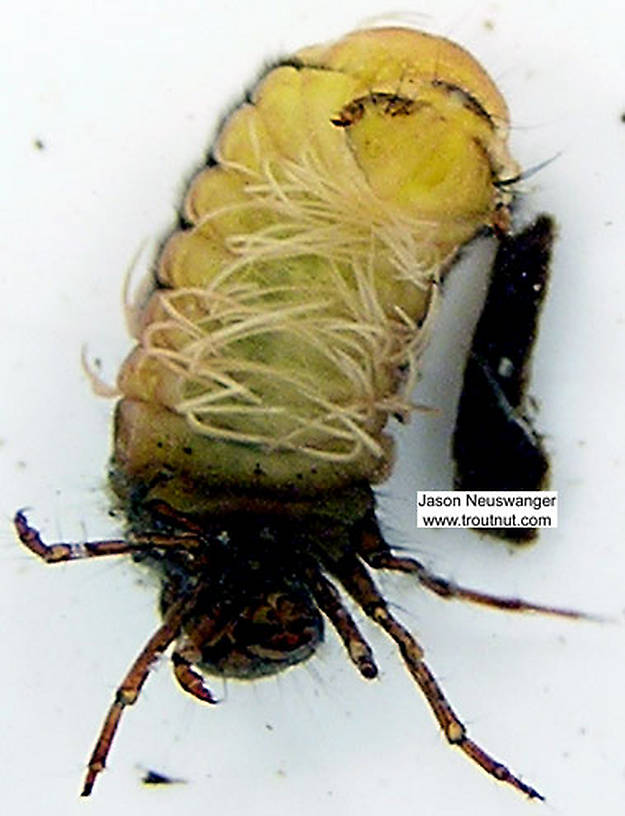
AuthorTroutnut
CameraOlympus C740UZ
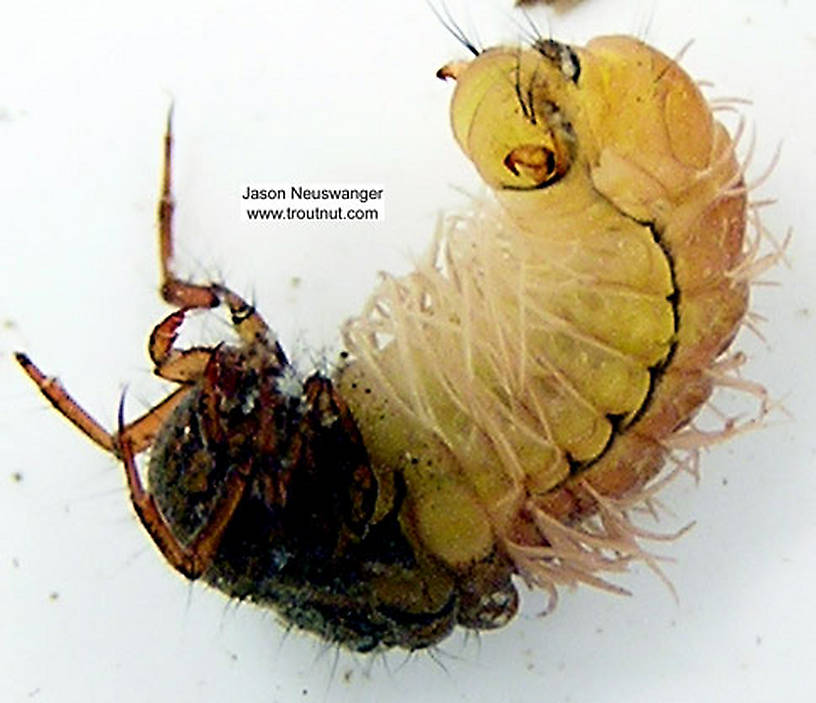
AuthorTroutnut
CameraOlympus C740UZ
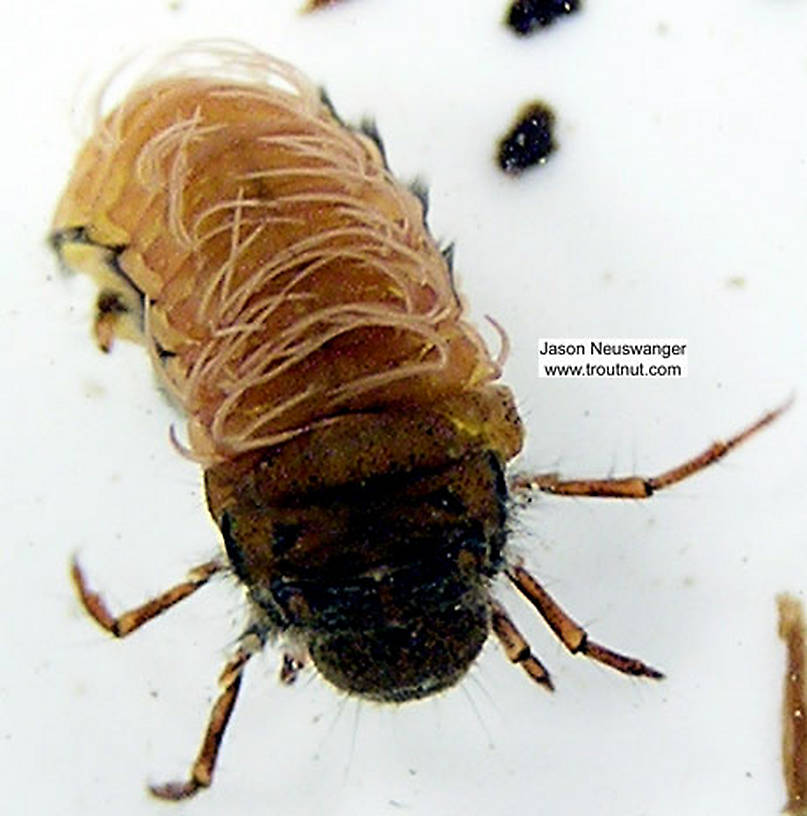
AuthorTroutnut
CameraOlympus C740UZ
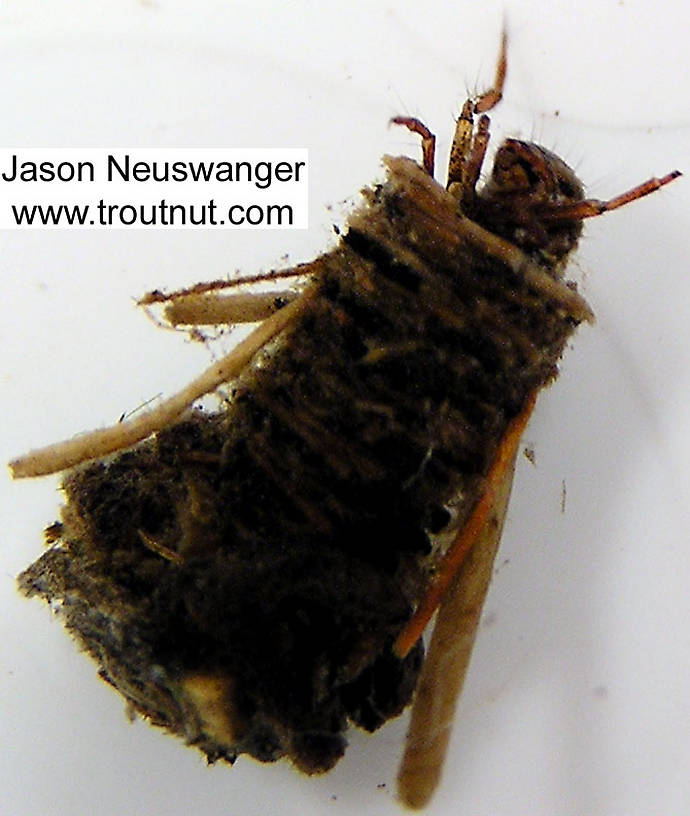
AuthorTroutnut
CameraOlympus C740UZ
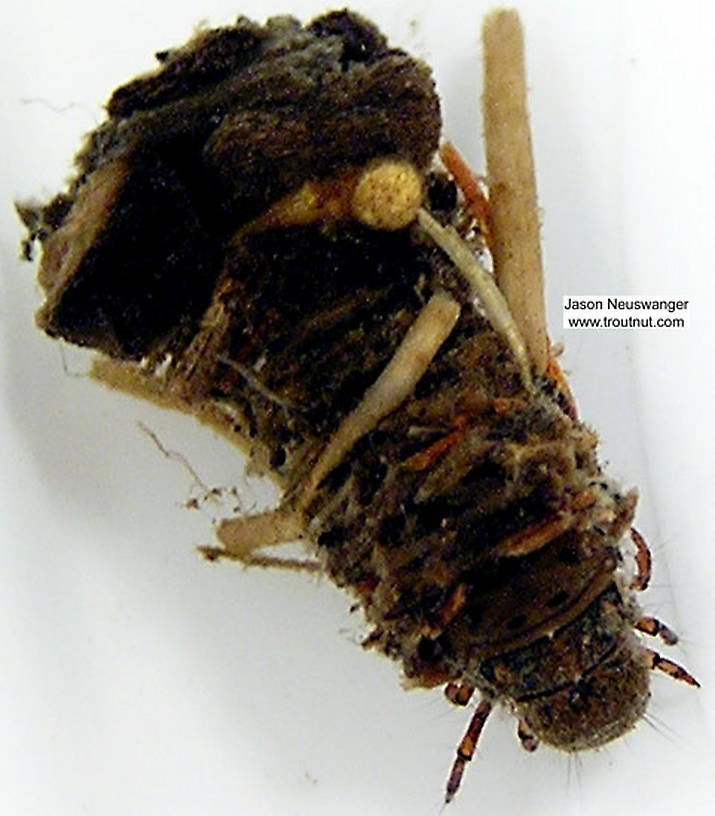
AuthorTroutnut
CameraOlympus C740UZ
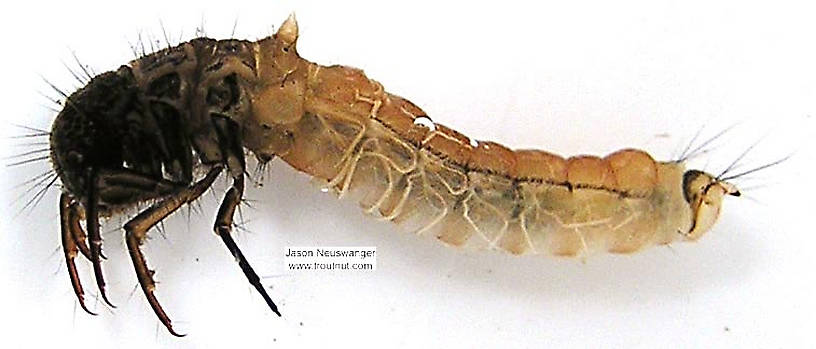
AuthorTroutnut
CameraOlympus C740UZ
Troutnut.com is copyright © 2004-2024 Jason
Neuswanger (email Jason). See my FAQ for information about use of my images.
 privacy policy
privacy policy
